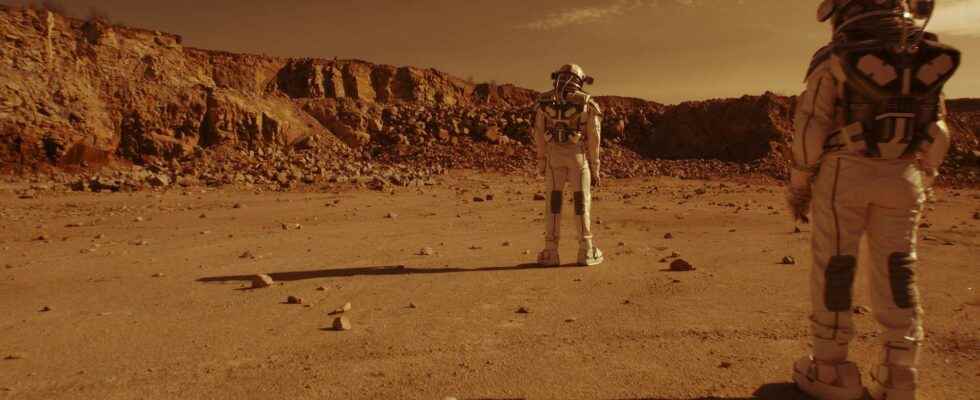L’atrophy bones caused by the absence of gravitysimilar toosteoporosishas been studied for a long time on board the stations orbitals. Floating there is pleasant, but the astronauts must commit themselves to several hours of physical exercise a day in order to limit the damage of this inactivity of the musculoskeletal system. What is less known is how long it takes them to recover after returning to the ground.
Using new 3D imaging techniques, a study of 17 astronauts from the international space station (ISS), published in the journal Scientific Reportsshows that recovery remains incomplete even after one year.
Work began in 2015 at the initiative of Steven Boyd, director of the McCaig Institute for Bone Health at the University of Calgary in Canada. With his colleagues, they imaged the skeletons of 14 men and 3 women before their space flightupon their return to Earth, then 6 months and another 12 months after their landing.
In particular, they carried out scintigraphs bones of tibia (which supports almost all of the body’s weight) and radius (forearm) to assess their density and resistance at the fracture. While calculating the effects of physical exercises practiced in weightlessness and back to Earth.
What are the results one after the astronauts return to Earth?
Result: one year after the flight, 16 astronauts showed a resorption incomplete tibia, which had lost up to 2% of its bone density compared to the pre-flight period. The longer the stay in orbit had been long (from 6 to 7 months,) the more the bone system was damaged. After a year, 9 of the astronauts had not fully recovered. Damage comparable to a decade of bone loss on Earth, or more.
“We also show that bone architecture is permanently alteredexplained to AFP Dr. Steven Boyd, co-author of the study. Think of the Eiffel Tower and all its metal rods: in space, we lose some of its rods. When we return to Earth, we can repair the ones that remain but we do not create new connections.continues the researcher.
The challenges facing astronauts
” The microgravityit is the most drastic physical inactivitycomments Guillemette Gauquelin-Koch, head of space medicine at Cnes. Even with 2 hours of sport a day, it’s like being bedridden for the remaining 22 hours”adds the doctor, who did not take part in the study.
The inhabitants of the ISS have had a new machine developed by the NasaAred (Advanced Resistive Exercise Device), which exerts on the body a resistance similar to gravity, allowing flexions legs, biceps work, abs… “We should do more exercises of this type to reduce bone loss”recommends Steven Boyd.
For the future manned flights to Mars — from duration much longer than 6 months — it is in any case an obstacle, which is added to the problems of cosmic radiation and the psychological impact of a long confinement. “It won’t be easy for the crew to set foot on Martian soil when they arrive… it’s very debilitating”according to Dr. Gauquelin-Koch.
Interested in what you just read?
